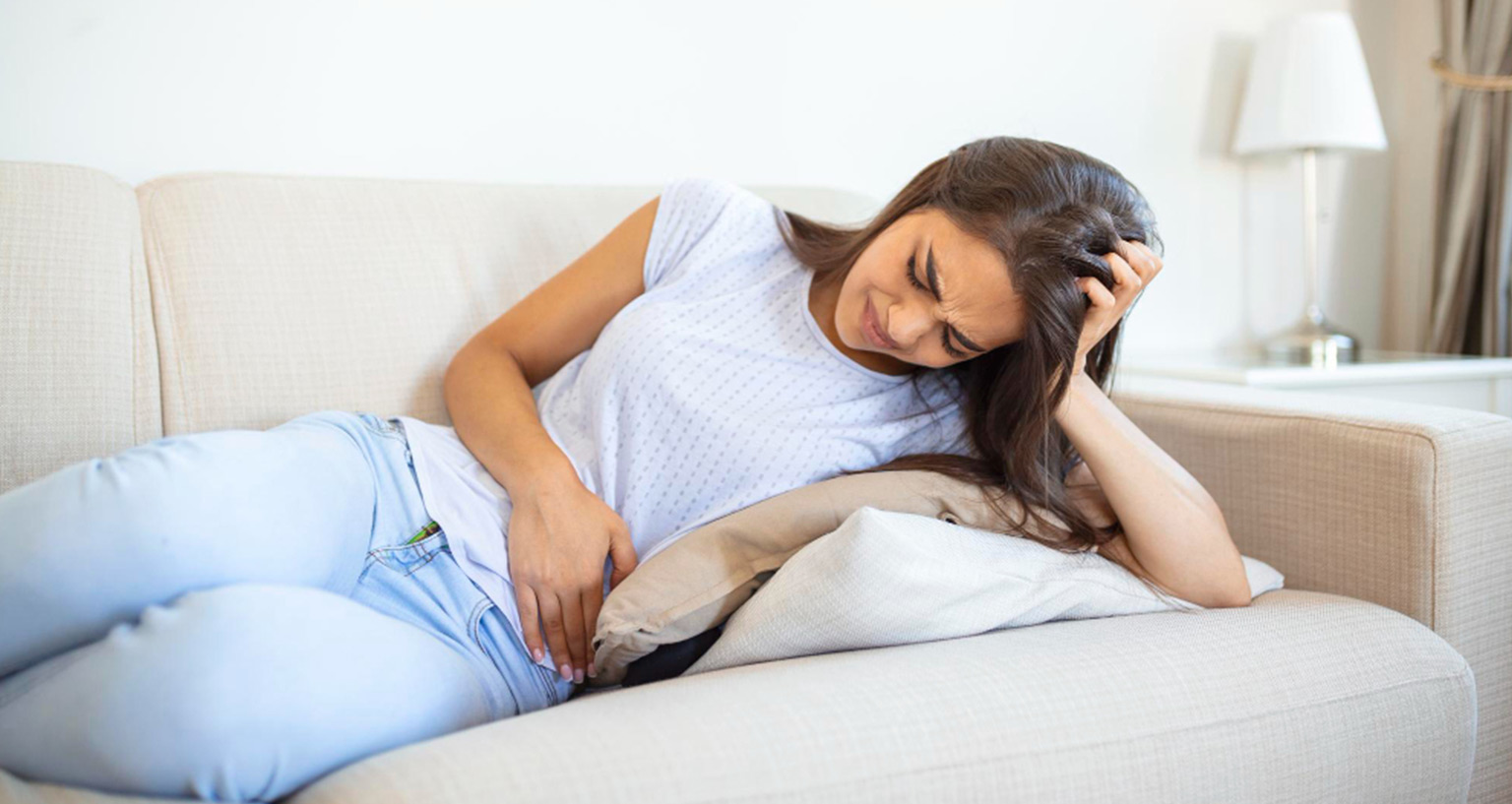Menstrual cramps are a common part of many women’s monthly cycle, but when the pain becomes severe enough to interfere with daily life, it may be a sign of dysmenorrhea. This medical term refers to painful periods and is one of the most frequent gynecological problems among menstruating women. Understanding dysmenorrhea and knowing how to manage it can help you take back control of your health and overall well-being.
What is Dysmenorrhea?
Dysmenorrhea refers to painful menstruation, typically involving abdominal cramps that occur just before or during menstruation. It is generally divided into two types:
- Primary Dysmenorrhea: This is the most common type of dysmenorrhea and is not caused by any underlying health issue. It usually begins a year or two after a girl starts menstruating. The pain is caused by natural chemicals called prostaglandins, which trigger uterine contractions to help shed the uterine lining. High levels of prostaglandins can cause intense cramping, nausea, fatigue, and even headaches.
- Secondary Dysmenorrhea: This type is less common and is usually the result of a reproductive health issue, like endometriosis, uterine fibroids, adenomyosis, or pelvic inflammatory disease. Unlike primary dysmenorrhea, the pain often begins earlier in the cycle and may last longer.
Symptoms of Dysmenorrhea
- Cramping or throbbing pain in the lower abdomen
- Pain radiating to the lower back and thighs
- Nausea or vomiting
- Headaches
- Diarrhea or loose stools
- Fatigue and mood changes
If your period pain is severe, persists throughout your cycle, or has worsened over time, it’s important to consult a healthcare provider for proper diagnosis and management.
How to Find Relief from Dysmenorrhea
- Over-the-Counter Pain Relief: Medications like ibuprofen or naproxen are nonsteroidal anti-inflammatory drugs (NSAIDs) that help reduce prostaglandin levels, easing both pain and inflammation. They’re most effective when taken at the first sign of discomfort or even a day before your period begins.
- Heat Therapy: Applying a heating pad or hot water bottle to the lower abdomen can help relax the muscles of the uterus and reduce cramping. Warm baths can also provide relief.
- Lifestyle Modifications: Regular exercise, especially aerobic activities like walking or swimming, may help reduce the intensity and duration of cramps. A healthy diet enriched with omega-3 fatty acids, fiber, and magnesium can also improve menstrual health.
- Stress Management: Stress can worsen menstrual pain. Practices like yoga, meditation, deep breathing exercises, and adequate sleep can support hormonal balance and reduce pain perception.
- Hormonal Birth Control: For some women, hormonal contraceptives (like the pill, patch, or IUD) may be prescribed to regulate or eliminate menstruation, which in turn reduces or eliminates cramping.
- Treating Underlying Conditions: If secondary dysmenorrhea is diagnosed, treatment will depend on the underlying condition. Surgical or medical therapies may be needed for conditions like endometriosis or fibroids.
When to See a Doctor?
If your menstrual pain is severe, gets worse over time, or doesn’t respond to over-the-counter treatments, then you need to consult a gynecologist. Early diagnosis of underlying conditions can lead to more effective treatment and an improved quality of life.
Conclusion
Dysmenorrhea can be distressing, but it is manageable. Understanding the type and cause of your menstrual pain is the first step toward finding relief. Whether through lifestyle changes, medical intervention, or a combination of both, you don’t have to let painful periods control your life.





